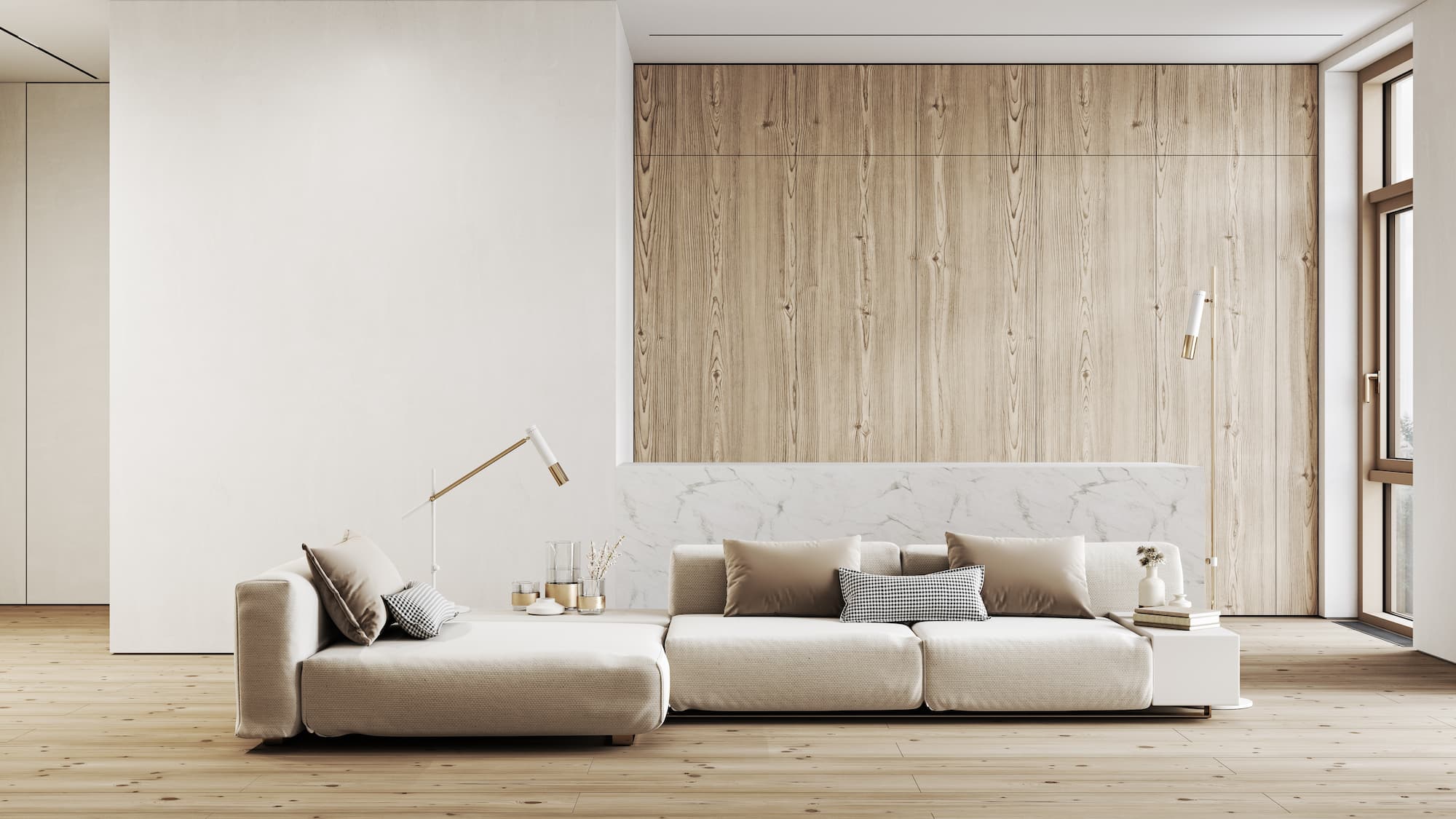Get inspired by professionals in luxury interior design to craft a beautiful space.
Get inspired by professionals in luxury interior design to craft a beautiful space.
Blog Article
Change Your Home With Essential Concepts of Interior Decoration and Aesthetics
By understanding the influence of color theory and the significance of structure and patterns, one can develop spaces that are not only aesthetically enticing yet also deeply personal. Accomplishing this stability involves more than simple decor; it encompasses a tactical plan and an eager understanding of how each element communicates within an area.
Recognizing Shade Theory
Color theory is a basic facet of interior style that considerably affects state of mind, perception, and general visual. Understanding the principles of shade theory permits developers to produce spaces that resonate mentally with owners while satisfying useful requirements (interior design firms). Colors can be classified right into 3 key kinds: key, second, and tertiary. Each group plays an important duty in establishing consistency within a space.
The psychological influence of colors is extensive; warm hues such as reds and oranges stimulate energy and warmth, while cool tones like blues and environment-friendlies promote calmness and tranquility. The usage of complementary shades enhances aesthetic interest, producing striking contrasts that can elevate a space's appeal.
Neutral shades, on the various other hand, serve as a versatile backdrop, permitting other layout components to beam. It is important to consider elements such as illumination and the space's function when choosing a color palette, as these can alter the perception of colors throughout the day.
Ultimately, a well-considered color pattern can change a room, cultivating a feeling of convenience and design that lines up with the residents' preferences. Mastery of shade concept is, as a result, a crucial ability for any type of interior designer intending to develop unified and inviting settings.
Achieving Equilibrium in Style
How can developers achieve a feeling of balance in their spaces? Attaining equilibrium in layout is basic to producing unified interiors.
Unbalanced equilibrium, on the various other hand, depends on differing aspects that still accomplish a cohesive look. This technique enables even more vibrant and informal plans, offering rate of interest while preserving balance. By thoroughly picking varying dimensions, shades, and structures, designers can create a visually compelling space that feels well balanced yet energised.
Radial equilibrium highlights a central centerpiece with aspects emitting outside. This style is commonly seen in circular formats, where furnishings and design produce a cohesive surround that attracts the eye internal.
Ultimately, accomplishing balance calls for thoughtful consideration of range, proportion, and the relationships between aspects. miami interior design. By masterfully using these equilibrium principles, developers can change rooms into atmospheres that feel both visually pleasing and functionally unified, enhancing the general experience for residents
Value of Spatial Understanding

An eager feeling of spatial recognition permits designers to identify focal factors within a room, directing the viewer's focus to vital features while maintaining an overall feeling of unity. It also helps in the critical placement of illumination, which can considerably influence the perception of room and state of mind. Comprehending spatial relationships makes it possible for the designer to provide to the details demands of occupants, guaranteeing that each location serves its designated purpose without jeopardizing aesthetic appeals.
Ultimately, spatial awareness is vital for making best use of the capacity of any type of interior room. By thoroughly considering the interplay in between dimensions, layout, and function, developers can create environments that not just meet sensible demands yet also stimulate a sense of convenience and elegance, enhancing the total living experience.
Integrating Texture and Patterns
Embracing a varied variety of structures and patterns can substantially boost the aesthetic and responsive appeal of an interior space. The critical use of numerous materials-- such as wood, steel, fabric, and stone-- produces deepness and interest, making an area really feel more inviting and dynamic. Integrating smooth surfaces with rough appearances can develop an equilibrium that draws the eye and engages the senses.
When integrating patterns, take into consideration both range and rep. Large patterns can function as focal points, while smaller, subtle styles can match other aspects without overwhelming the area. Layering patterns, such as pairing flower cushions with striped tosses, adds complexity and a sense of consistency if performed attentively.
It is likewise important to maintain a cohesive color combination, guaranteeing that appearances and patterns work with each other as opposed to compete for focus. By choosing a couple of essential textures and patterns, you can create a informative post linked aesthetic that reflects your individual design while boosting the general ambiance of the space. Ultimately, the cautious unification of these components can change an ordinary area right into an innovative environment abundant with personality and important link warmth.
Customizing Your Area
Creating a space that shows your personality is vital to accomplishing a really welcoming setting. Personalization in interior decoration permits you to infuse your special design and passions into your home, changing it from a mere sanctuary into a sanctuary that speaks with that you are. Begin by choosing a color palette that reverberates with your emotions-- bold shades can invigorate, while soft tones use tranquility.
Incorporate artwork and decor that show your interests, whether it be traveling, nature, or abstract concepts. Showing individual collections, such as books, photographs, or souvenirs, can evoke treasured memories and produce centerpieces within an area. Furthermore, think about customizing functional items, like upholstered furniture, to line up with your visual choices.

Verdict
Finally, the change of a home through the vital principles of interior design and aesthetic appeal demands a detailed understanding of color concept, equilibrium, spatial understanding, appearance, and customization. Each component adds dramatically to creating an unified and functional living setting - Architecture Firm. By attentively integrating these concepts, individuals can improve the visual charm and psychological vibration of their spaces, ultimately fostering a home that shows unique identities while giving comfort and functionality
Report this page